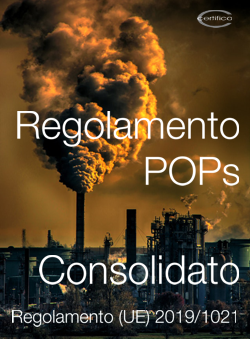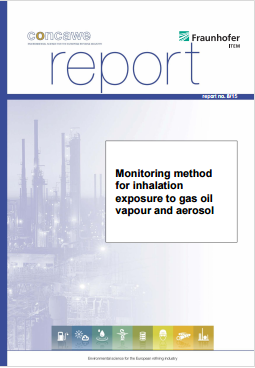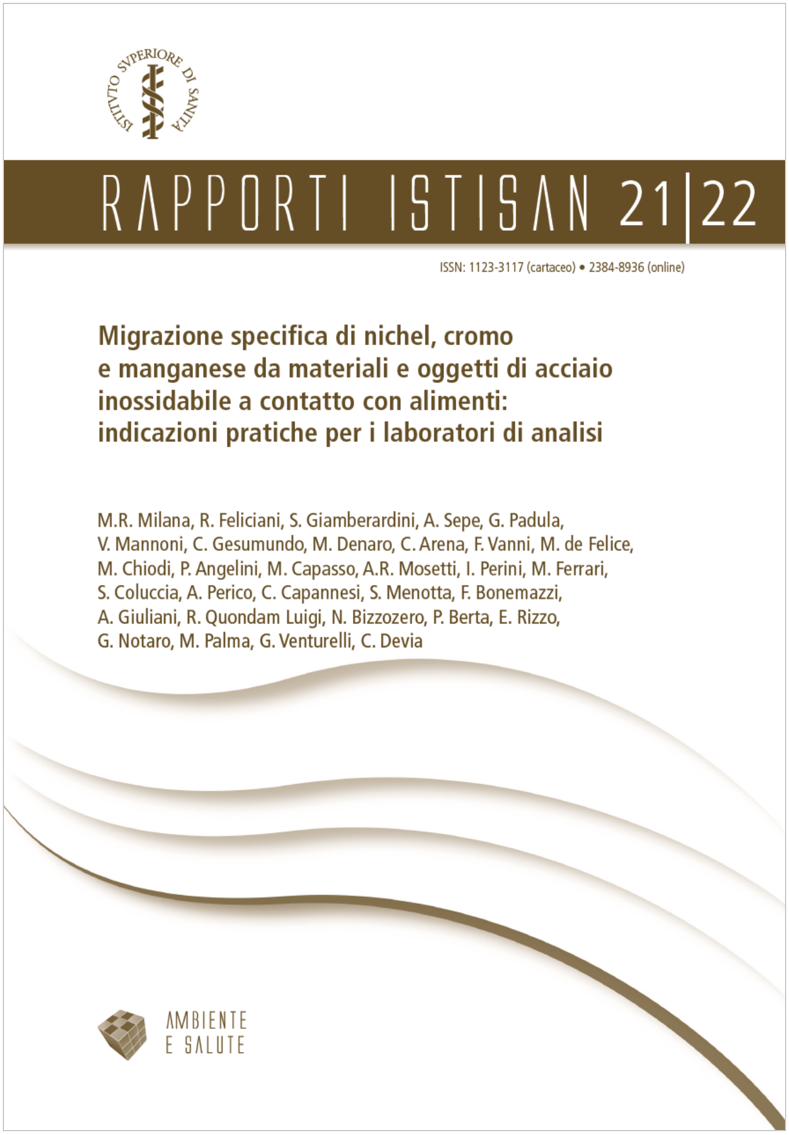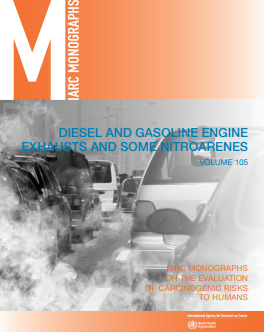
Diesel and Gasoline Engine Exhausts and Some Nitroarenes
This 105 Volume of the IARC Monographs contains evaluations of the carcinogenic hazard to humans of exposure to diesel and gasoline engine exhausts and 10 nitroarenes that have been identified as components of these exhausts.
This 105 Volume of the IARC Monographs contains evaluations of the carcinogenic hazard to humans of exposure to diesel and gasoline engine exhausts and 10 nitroarenes that have been identified as components of these exhausts.
This Volume is the fifth in a series of Monographs that have evaluated exposures related to air pollution.
In 2004, an IARC Monographs Advisory Group recommended that the IARC develop such a series, in view of the probable widespread human exposure to and potential carcinogenicity of these compounds (Straif et al., 2013).
The agents and related exposures evaluated to date following this recommendation include non-heterocyclic polycyclic aromatic hydrocarbons (Volume 92; IARC, 2010a), some particles and fibres (Volume 93; IARC, 2010b), indoor air pollution (Volumes 95; IARC, 2010c, Volume 100e, IARC, 2012), and bitumens, bitumen emissions and some heterocyclic polycyclic aromatic hydrocarbons (Volume 103; IARC, 2013).
Diesel and gasoline engine exhausts were evaluated previously in Volume 46 of the IARC Monographs (IARC, 1989). At that time, diesel engine exhaust was classified as probably carcinogenic to humans (Group 2A) on the basis of limited evidence from epidemiological studies in humans and sufficient evidence for the carcinogenicity in experimental animals of whole diesel engine exhaust and of extracts of particles from diesel engine exhaust.
The evaluation of gasoline engine exhaust in 1989 was based on inadequate evidence in humans and sufficient evidence in experimental animals for the carcinogenicity of condensates or extracts of gasoline engine emissions, which resulted in a classification of gasoline engine exhaust as possibly carcinogenic to humans (Group 2B).
A series of 10 nitroarenes, all of which have been detected in diesel engine exhaust, was also reviewed. All of these nitroarenes, except for one (3-nitrobenzanthrone), were evaluated previously in Volume 46 of the IARC Monographs (IARC, 1989), when the Working Group classified six of them (1,3-dinitropyrene, 1,8-dinitropyrene, 6-nitrochrysene, 2-nitrofluorene, 1-nitropyrene and 4-nitropyrene) as possibly carcinogenic to humans (Group 2B) and three (3,7-dinitrofluoranthene, 3,9-dinitrofluoranthene and 1,3-dinitropyrene) as not classifiable as to their carcinogenicity to humans (Group 3). A summary of the findings of this Volume appears in The Lancet Oncology (Benbrahim-Tallaa et al., 2012).
All the information presented in this Annex was retrieved in 2012 from the DieselNet web site (http://www.dieselnet.com/standards/), which is freely accessible, and where more detailed information on global emission standards can be found.
...
Annex: Emission standards for lightand heavy-duty vehicles
1. Europe
1.1 Light-duty vehicles
The European Union (EU) Stage 1-4 regulations on emissions for new passenger cars and light commercial vehicles that were adopted through 2004 were replaced in 2007 by Stage 5 and 6 regulations (Table 1).
The standards apply to all vehicles in Categories M1, M2, N1 and N2 with a reference mass that does not exceed 2610 kg. The standards regulate both diesel and spark-ignition (fuelled with gasoline, natural gas, liquefied petroleum gas and ethanol) vehicles.
The Euro Stage 5 and 6 regulations introduce particulate matter (PM) mass emission standards for spark-ignition vehicles with direct injection engines.
Emissions are tested using the New European Driving Cycle or the Motor Vehicle Emissions Group B test, and are expressed in grams per kilometre. Ultra-low sulfur gasoline and diesel fuels containing < 10 ppm sulfur became mandatory in 2009.
Table 1 European Union emission standards for passenger cars (category M1a)
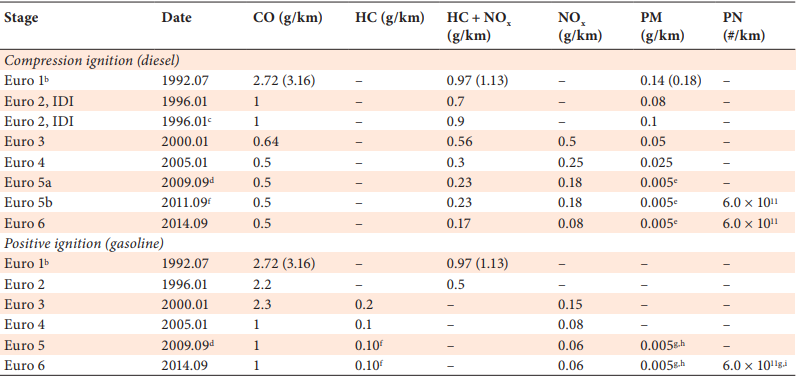
a At the Euro 1–4 stages, passenger vehicles > 2500 kg were type approved as Category N1 vehicles.
b Values in brackets are conformity of production limits
c Until 30 September; after that date, DI engines must meet the IDI limits
d 2011.01 for all models
e 0.0045 g/km using the Particulate Measurement Programme procedure
f 2013.01 for all models
g And NMHC = 0.068 g/km
h Applicable only to vehicles using DI engines
i 6.0 × 1012 L/km within first 3 years from Euro 6 effective dates CO, carbon monoxide; DI, direct injection; HC, hydrocarbons; IDI, indirect injection; NMHC, non-methane hydrocarbons; NO, nitrogen x oxides; PM, particulate matter; PN, particle number From DieselNet (2012)
1.2 Heavy-duty vehicles and bus engines
The European heavy-duty vehicle and bus engine emission standards apply to all motor vehicles with a ‘technically permissible maximum laden mass’ greater than 3500 kg, equipped with compression-ignition engines or spark-ignition natural gas or liquefied petroleum gas engines (Table 2). The regulations were introduced in tiers from Euro I through to Euro VI, and were revised and consolidated in 2005.
The most recent Euro VI standards, which become effective in 2013, were published in 2009, and are comparable in stringency to the USA 2010 standards. The European standards have undergone major revisions and changes with respect to test conditions, duty cycles and methods of measurement. Euro IV standards replaced the earlier steady-state engine test (ECE R-49) with the European stationary cycle (ESC) and the European transient cycle (ETC). Smoke opacity is evaluated using the European load response test.
Euro III conventional diesel engines are evaluated using the ESC and European load response tests. Euro IV and later conventional diesel engines are evaluated under all three tests, while Euro III and later natural and liquefied petroleum gas engines are evaluated only using-the ETC test. Durability and on-board diagnostic requirements were introduced in 2005. Technical requirements pertaining to durability and on-board diagnostics were also established using a split-level approach, in which the standards and requirements were described separately.
The Euro VI regulation established a limit for ammonia concentration of 10 ppm that applies to diesel ESC- and ETC-certified engines and gas ETC-certified engines. The Euro VI standard established the first limit on particle number to supplement the mass standard. The limit on numbers prevents the Euro VI limit on PM mass being met using technologies such as open or partial filters that enable the passage of a high number of ultrafine particles and, unlike traditional diesel particle filters, do not effectively remove them. The Euro VI standard also states that the world-harmonized steady-state and transient cycles be used for Euro VI testing. The implementation of these regulations requires that correlation factors be included to adjust measurements made under the ESC and ETC test cycles.
Table 2 European Union Euro IV-VI emission standards for conventional heavy-duty diesel engines under the ESC test and diesel and gas engines under the ETC test (in g/kWh)

a Not applicable for NG fuelled engines at Euro IV stage
b Total HC for diesel engines
c For NG engines only (Euro IV-V: NG only; Euro VI: NG and LPG)
CH4, methane; CO, carbon monoxide; ETC, European transient cycle; ESC, European stationary cycle; LPG, liquefied petroleum gas; HC, hydrocarbons; NMHC, non-methane hydrocarbons; NG, natural gas; NO , nitrogen oxides; PM, particulate matter x From DieselNet (2012)
Table 3 European Union Stage III A, B and Stage IV standards for off-road diesel engines (in g/kWh)
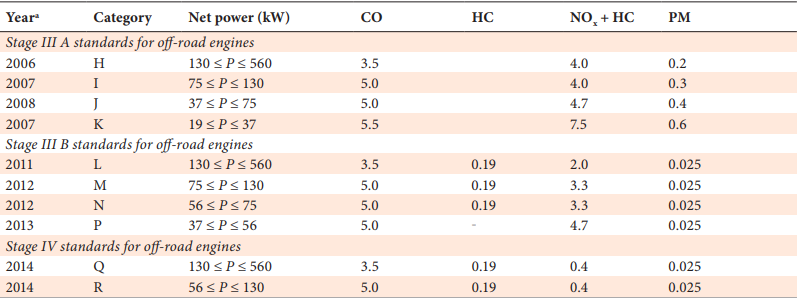
IARC 2018
Collegati
Allegati
|
Descrizione |
Lingua |
Dimensioni |
Downloads |
 |
|
EN |
3360 kB |
5 |
 |
|
EN |
4075 kB |
4 |
 |
|
EN |
12978 kB |
3 |
 |
|
EN |
4366 kB |
4 |
 |
|
EN |
6074 kB |
3 |
 |
|
EN |
27606 kB |
2 |
 |
|
EN |
11018 kB |
10 |
